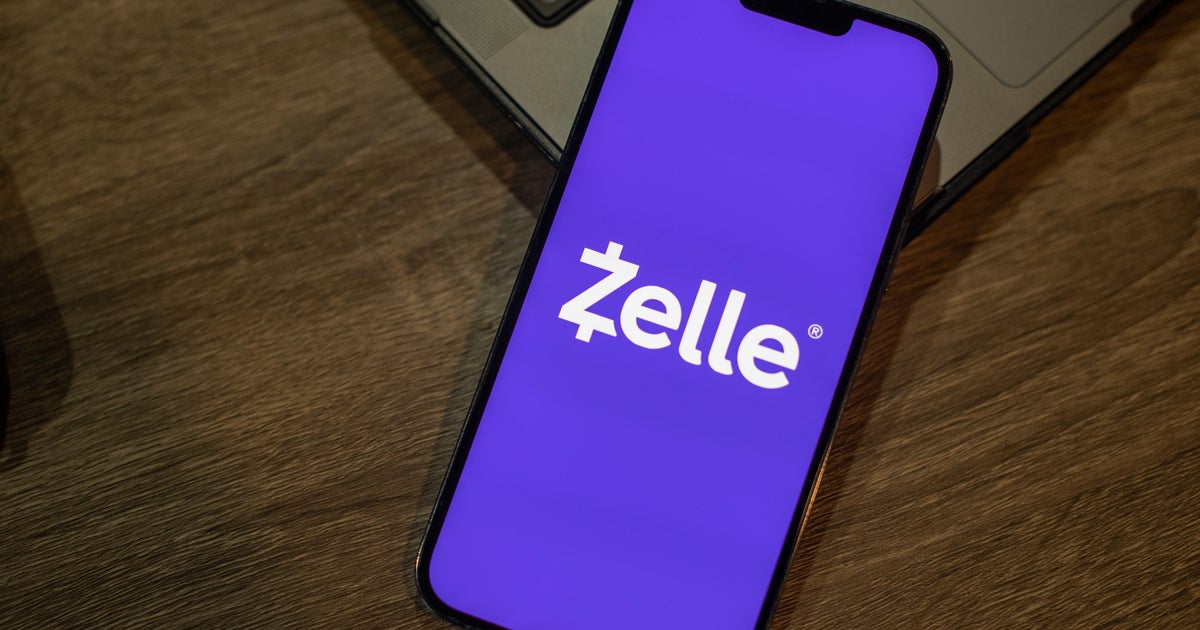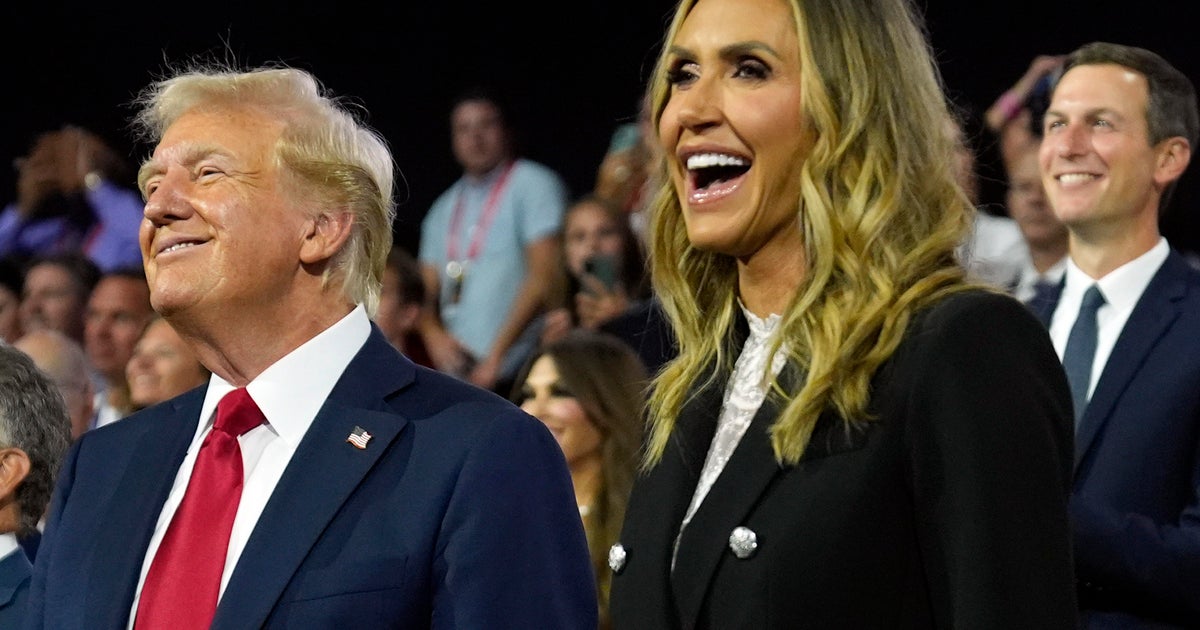Trump may want to break up big banks, but can he?
President Donald Trump has resurrected last year's campaign trail cure for too-big-to-fail banks. He's again talking up the Depression-era law that splits the banks apart, by separating consumer and Wall-Street-style banking. What are the chances of that actually happening?
Slender. At issue is the Glass-Steagall Act, enacted in 1933 and repealed in 1999. It barred lenders from doing both commercial banking (taking deposits, making home loans and the like) and investment banking (floating stocks and bonds). But thus far, there's no big groundswell in Washington to bring it back
None of the legislation that Republicans in Congress are considering includes a revival of the law. It's tangled up with GOP efforts to weaken or overturn the Dodd-Frank Act, passed in 2010, which imposes heavier federal oversight and rules on financial institutions. While many Democrats want to reshape Dodd-Frank, they basically want to keep it. A new version of Glass-Steagall would get in the way.
A lot of financial luminaries would oppose reprising the law, arguing that it would rip apart an intricate system and end up harming ordinary Americans. That's essentially the argument of Jamie Dimon, chief executive of JPMorgan Chase (JPM), who has said the lack of "Glass-Steagall had nothing to do with the crisis."
Mr. Trump admires Dimon, and the CEO surely would have sizable influence on the president's thinking if a new Glass-Steagall were to ever go beyond a talking point.
How deeply Mr. Trump favors it remains to be seen. He raised the topic Monday in an interview with Bloomberg News. "I'm looking at that right now," he said about breaking up banks. "There's some people that want to go back to the old system, right? So we're going to look at that."
Prior to Glass-Steagall's demise, Goldman Sachs (GS) and its ilk had free rein to issue securities, engineer mortgages and launch initial public offerings, all highly lucrative areas that JPMorgan and others like Bank of America (BAC) and Citigroup (C) were prevented from invading.
As a candidate, Mr. Trump called for a "21st century" Glass-Steagall law, as did the 2016 Republican party platform. Some on Capitol Hill believe overturning the measure led in part to the 2008 financial crisis, a claim the banking industry dismisses.
Two important voices in the Trump administration -- Treasury Secretary Steven Mnuchin and National Economic Council Director Gary Cohn -- have called for passing an updated version of Glass-Steagall. Details on what that might be are sparse, however.
Both Mnuchin and Cohn previously worked for Goldman Sachs. Their support of a new Glass-Steagall isn't so surprising, though. Goldman has never had a big hankering to get involved in the less-profitable commercial banking arena. It does have a small retail banking subsidiary, started in the wake of the crisis when Washington forced all big financial players to become bank holding companies, making them subject to more federal supervision and bailout funding. But the retail bank is a rounding error in Goldman's financial statements.
Still, how deep is the Trump economic team's backing of Glass-Steagall? During his confirmation hearing, Mnuchin said he was against reprising Glass-Steagall along its 1930s lines. He warned that separating commercial and investment banks could harm access to credit and curb liquidity, which is the ability to turn assets quickly into cash.
The president could press the argument that Glass-Steagall 2.0 would prevent a recurrence of the too-big-to-fail phenomenon, which federal officialdom embraced during the crisis. Lehman Brothers' September 2008 collapse was a cautionary tale for Washington and a major catalyst for the policy of propping up giant "systemically important" financial institutions at all costs. Republicans like Sen. John McCain of Arizona and Democrats like Sen. Elizabeth Warren of Massachusetts agree on the need to back away from that sentiment.
After Mr. Trump's remarks were published early afternoon Monday, the KBW Banking Index fell by 0.55 percent. JPMorgan was off by 0.71 percent. Nevertheless, the index has advanced 18 percent since the election. That beats the 10.7 percent rise of the S&P 500 during that period.
A lot of obstacles stand in the way of a Glass-Steagall encore. Senate Banking Committee Chairman Mike Crapo (R-Idaho) has indicated that Congress is 12 months away from looking at a Dodd-Frank overhaul. "While some Republicans say they are supportive of a return of Glass-Steagall, we are uncertain their support would hold if the matter came to a vote," wrote FBR Capital analysts in a research note.
Jaret Seiberg, an analyst with Cowen and Co., believes the odds of legislation to remove the heavy hand of federal bank rules are small -- and the better path is to wait for Mr. Trump to appoint more congenial regulators.
"These Trump nominees will be able to rewrite existing rules, change guidance and alter enforcement priorities," he wrote. "The result could be material regulatory relief even if Congress is unable to enact any changes."



